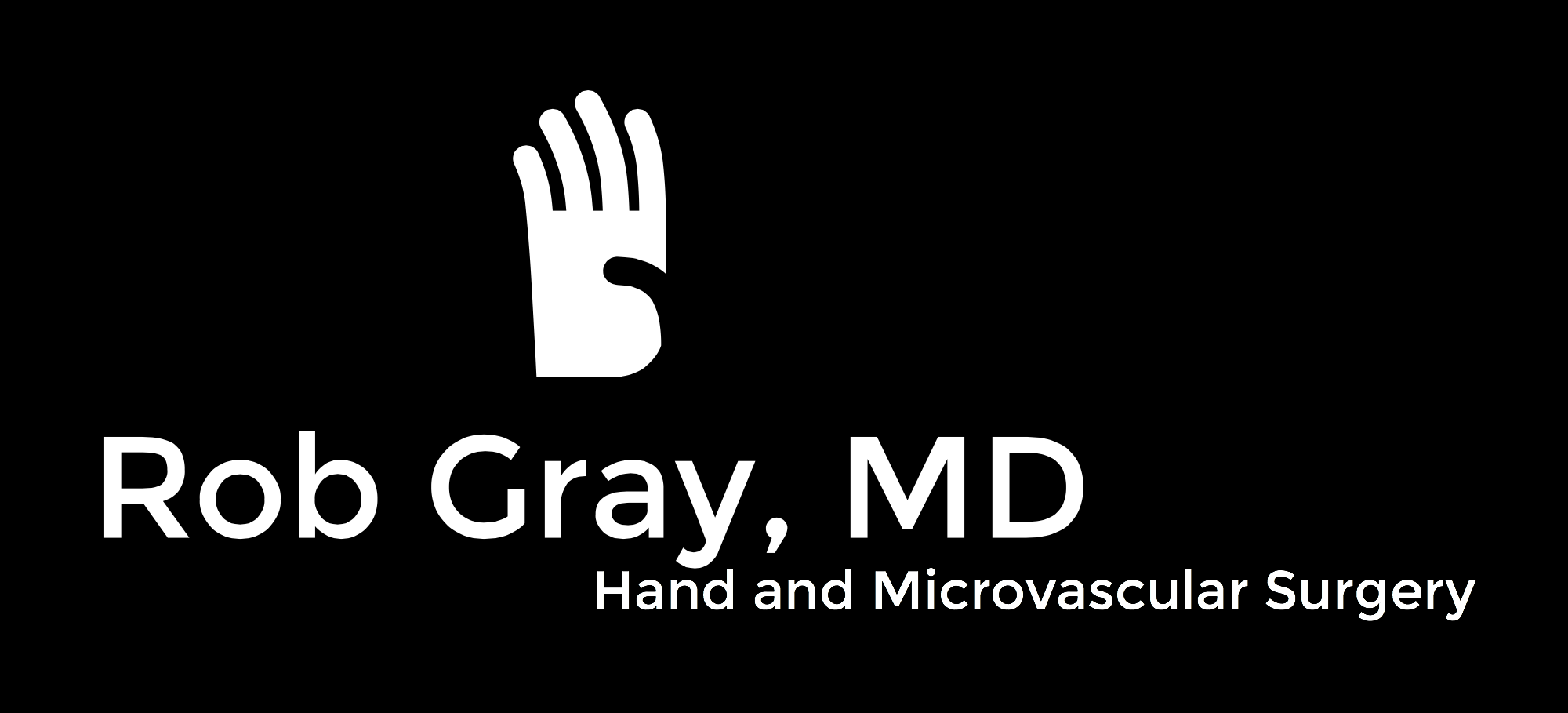Seymour Fracture
Seymour finger fractures in Children are often not recognized and can lead to significant infections with poor outcomes. The part of the finger that makes fingernail (germinal matrix) becomes trapped in the growth plate (physis) and can allow an infection to set into the bone. Blood underneath the nail fold (cuticle) is the classi
Chicago North Shore Rob Gray, MD NorthShore Orthopaedic Institute
Seymour Fractures
An underrecognized finger injury in children, a Seymour fracture is a break through the growth plate at the tip of a finger. Because of the proximity of the growth plate to the fingernail fold and the tissue that makes new fingernail (the germinal matrix), these fractures are at high risk of infection. There is often a slight amount of bleeding at the fingernail fold that should be a warning sign. X-rays are the most informative, but they are often not ordered, or the injury not recognized on the films.
Seymour Fracture of a Middle Finger. Note the slight bleeding from the fingernail fold. This should raise the suspicion of this injury any child with open growth plates.
These injuries appear benign and many patients delay care because they think it is a simple "jam." However, prompt administration of antibiotics is important to prevent poor outcomes. On occasion, these fractures are unstable and require operative fixation with a pin that is left in place for 3-4 weeks.



